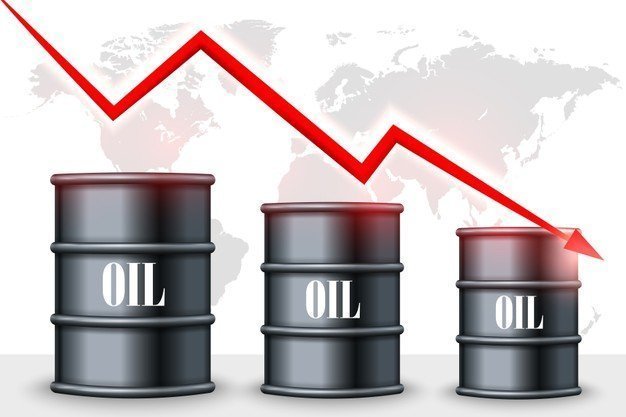Oil prices slumped in Asian trade on Thursday as the dollar strengthened, while the prospect of further rate hikes by global central banks also raised demand concerns.
Brent crude futures fell 64 cents, or 0.8%, to $82.06 a barrel, while West Texas Intermediate (WTI) crude futures fell 74 cents, or 1.0%, to $76.54 a barrel.
Both contracts fell as the dollar rose. A stronger dollar weakens demand for oil as it makes the commodity more expensive for other currencies.
Federal Reserve Chairman Jerome Powell said on Wednesday that the U.S. central bank will raise interest rates further next year, even as the economy slides into a possible recession.
Oil prices are under pressure as the Fed’s hawkish guidance on monetary policy has fueled renewed concerns about economic growth, pushing up the US dollar and pushing commodity prices down.
China’s November economic data is much lower than expected and the demand outlook is bleak. The world’s second-largest economy faltered as factory production slowed and retail sales prolonged periods of decline, both failing to meet forecasts and posting their worst reading in six months amid rising COVID-19 cases.
Another reason that put pressure on oil prices was the closure of the entire pipeline after more than 14,000 barrels of oil leakage from the Keystone pipeline. A week later, it was said to resume operations on one section of the pipeline.
Price declines were capped by International Energy Agency’s (IEA) projections that Chinese oil demand will recover next year after shrinking by 400,000 barrels per day this year.
Meanwhile, US crude inventories rose more than 10 million barrels last week, reaching the highest level since March 2021.
U.S. gasoline stocks rose 4.5 million barrels a week to 223.6 million barrels, while distillate stocks rose 1.4 million barrels to 120.2 million barrels. Commercial crude oil inventories rose as refinery operations declined.
Analysts wrote that inventories of refined products also increased strongly as end-user demand continued to decline in light of higher energy prices and net exports of refined products increased.

